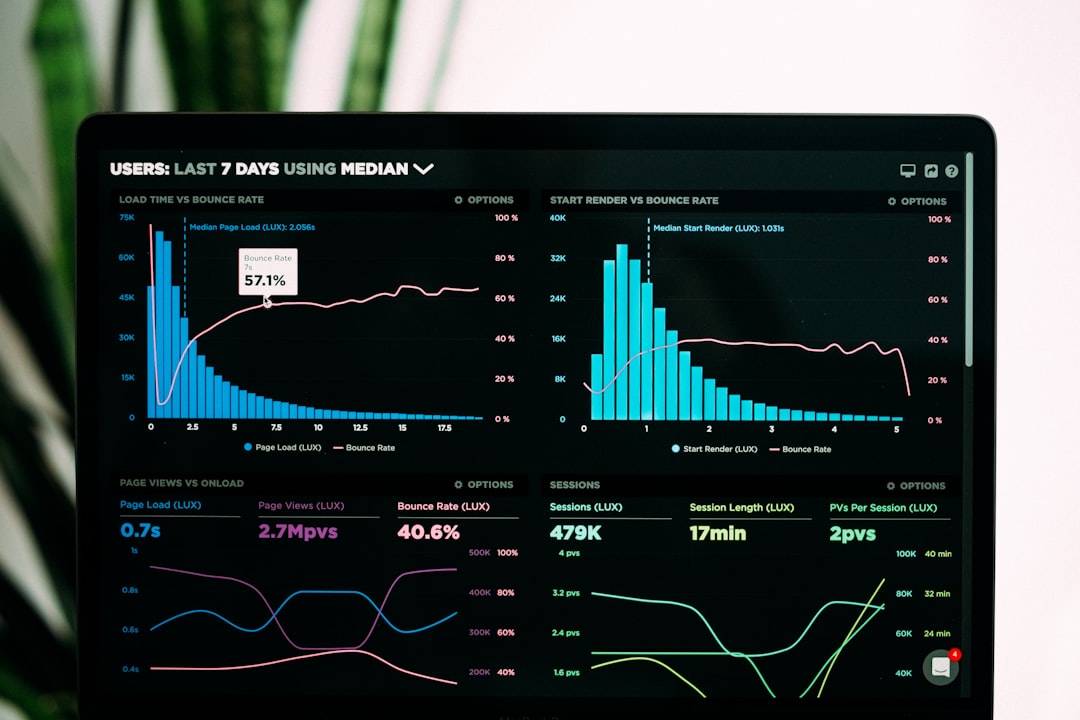In today’s digital-first business environment, social media has evolved beyond a platform for simple interaction and branding — it has become a data-rich arena that offers profound insights into performance metrics. Organizations that rely on robust analytics to drive decision-making increasingly turn to social media tools to track Key Performance Indicators (KPIs). These tools streamline the data collection and analysis process, helping brands understand their online impact and make informed adjustments to their strategies.
Tracking KPIs effectively demands more than tallying likes or counting followers. It requires a thorough understanding of behaviors, conversion metrics, and engagement quality. Social media tools empower businesses by offering real-time analytics dashboards, historical data comparisons, and audience sentiment tracking, which cumulatively offer a comprehensive measure of performance.
Why KPIs Matter in Social Media
KPIs are essential for evaluating the success of marketing campaigns, community engagement, brand awareness efforts, and even customer support initiatives conducted on social platforms. They provide quantifiable metrics that help companies:
- Measure the effectiveness of specific campaigns
- Understand audience behavior and preferences
- Set benchmarks for future initiatives
- Allocate budget and resources efficiently
Without tracking KPIs, businesses would be navigating the digital landscape without a compass. Social media tools serve as that compass, offering a focused lens through which to view performance.
The Role of Social Media Tools in KPI Tracking
Modern social media tools are equipped with powerful features that automate data collection and enhance the interpretability of KPIs. Here’s how they assist:
- Real-Time Performance Monitoring: Tools such as Hootsuite, Sprout Social, and Buffer offer real-time dashboards to monitor key metrics such as engagement rates, follower growth, and click-through rates (CTR).
- Integrated Data Visualization: These platforms present data in user-friendly visual formats such as graphs and heatmaps, which help stakeholders grasp performance insights quickly and accurately.
- Custom Reporting Features: Customized reports on specific KPIs — like ROI from paid campaigns or organic reach — allow for data-driven decisions and timely strategy updates.
- Sentiment Analysis: Tools analyze user comments and messages to gauge public sentiment, offering one of the most insightful qualitative KPIs available.

Types of KPIs Commonly Tracked with Social Media Tools
Social media KPIs can vary depending on the goals of the organization — whether those are centered on brand awareness, lead generation, customer support, or sales conversions. Widely tracked KPIs include:
- Engagement Rate: Measures interactions such as likes, comments, and shares relative to audience size.
- Impressions and Reach: Quantify how many users have seen or potentially seen a post.
- Click-Through Rate (CTR): Tracks how many users clicked on a link relative to how many saw it.
- Conversion Rate: Monitors the percentage of users who take a desired action after engaging with content.
- Customer Response Time: Assesses the average time taken to respond to customer queries on social platforms.
Interpreting and Acting on KPI Data
Collecting data is only the first step. The true value lies in interpreting that data to refine and improve strategy. By setting benchmarks and comparing historical trends, businesses can identify the best-performing content, optimal posting times, and high-converting calls to action. A notable example is adjusting ad spend based on real-time ROI or reallocating resources to platforms delivering better lead quality.

Challenges and Considerations
Despite their advantages, social media tools are not without shortcomings. Businesses must ensure they choose a tool that aligns with their specific goals and integrates well with other data platforms (such as CRMs and email marketing software). Additionally, privacy regulations like GDPR require that data collection and analysis be managed conscientiously.
Moreover, not all KPIs are equally informative. Vanity metrics, such as follower counts, can be misleading if not analyzed in the context of engagement or conversions. Hence, having clearly defined goals and understanding which metrics align with those goals is crucial.
Conclusion
As social media continues to evolve rapidly, the importance of tracking meaningful KPIs only grows stronger. Whether the goal is brand visibility, customer acquisition, or improved user engagement, social media tools provide the analytical capabilities to measure, evaluate, and optimize performance. By leveraging these tools wisely, businesses can ensure their digital strategies are not only visible but verifiably effective.




